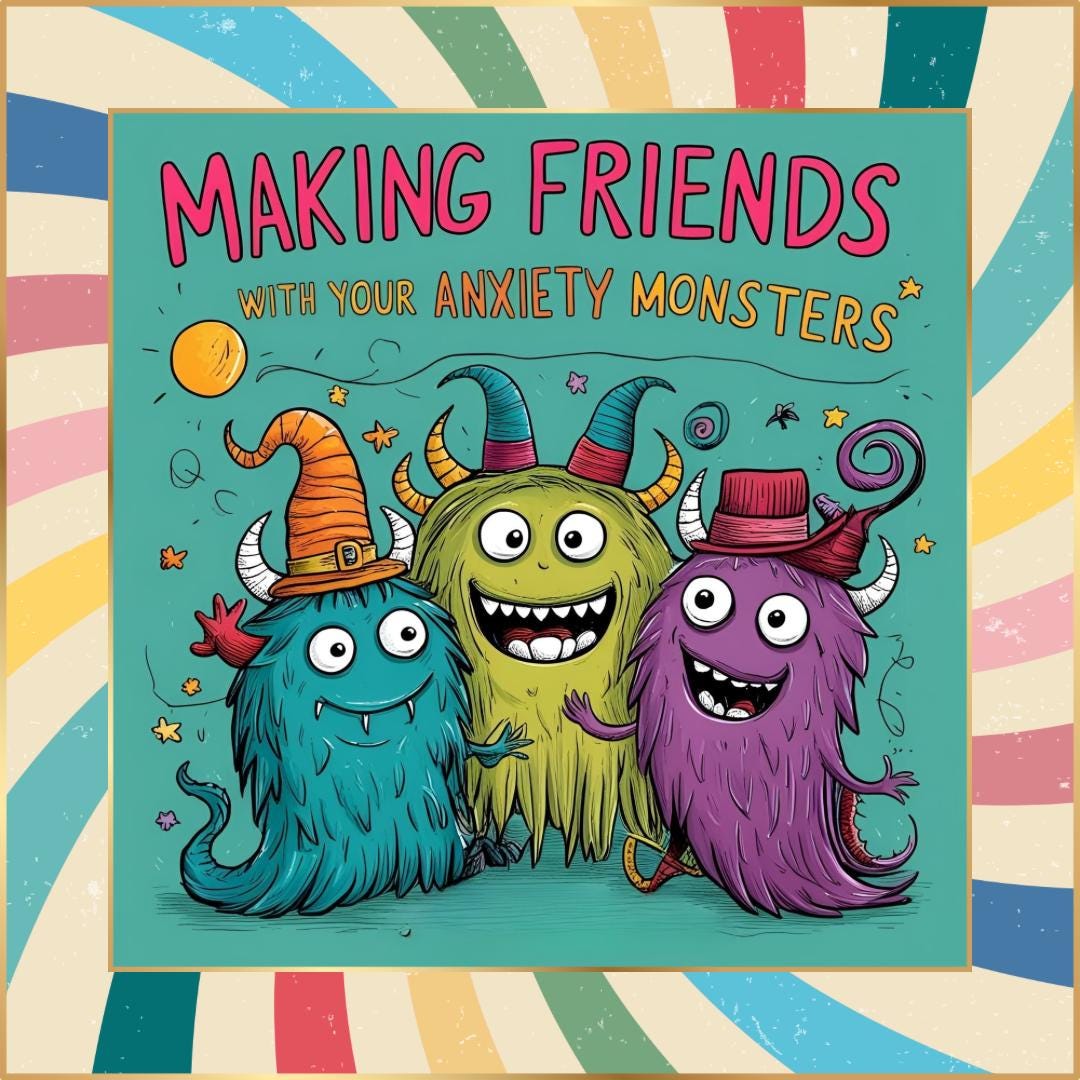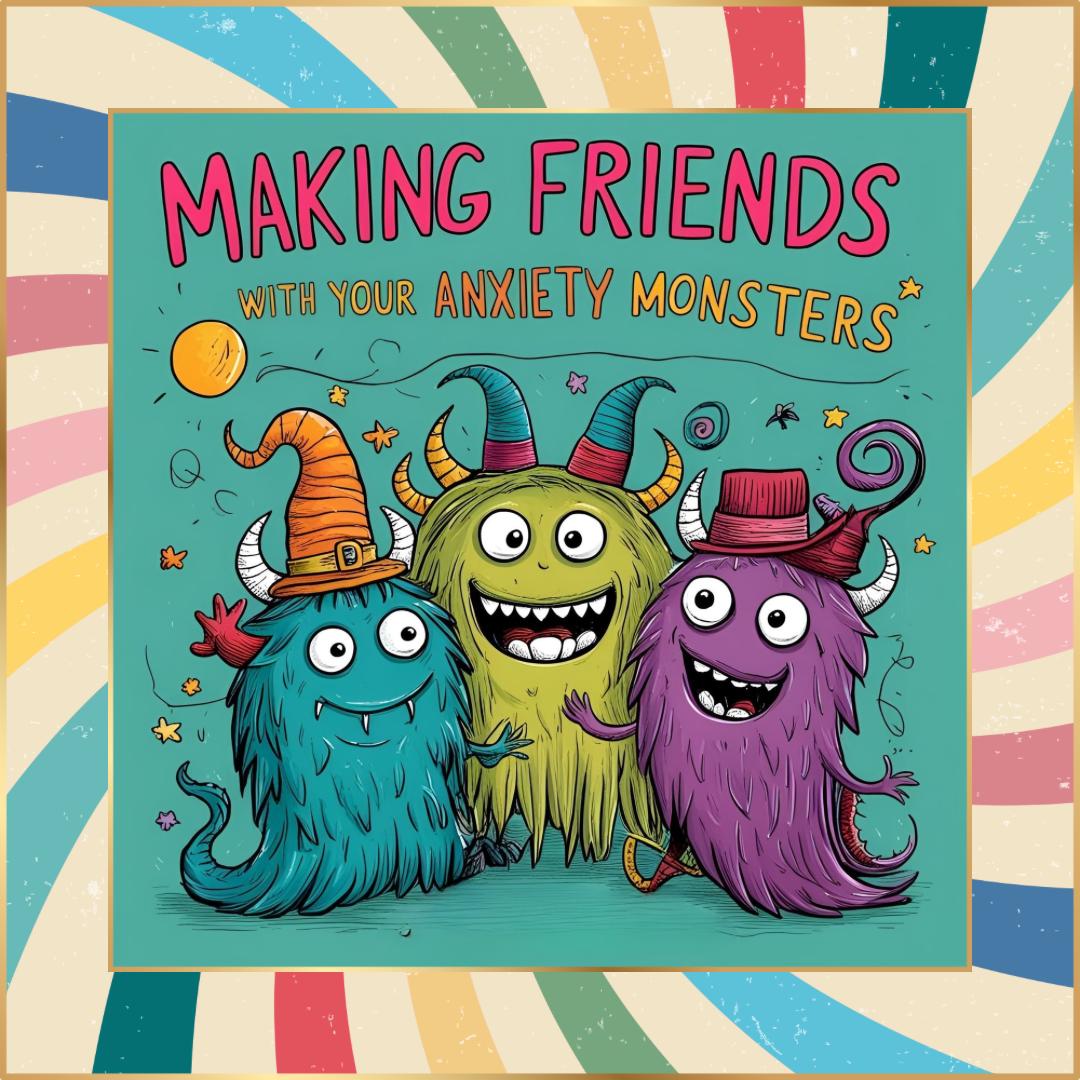
The Power of the Pause: How Slowing Down Can Calm Anxiety and Rewire Your Brain
We live in a world that tells us to go faster, try harder, do more. It praises hustle, productivity, and constant movement. But if you’ve ever struggled with anxiety, you know that pace can become suffocating. Sometimes, anxiety feels like being trapped on a runaway train—your mind racing, your breath shallow, your heart pounding out Morse code messages you can’t quite decode.
But what if the way forward isn’t to push harder? What if the medicine your mind needs isn’t another productivity hack, but an invitation to pause?
It may sound simple—almost too simple—but learning to pause, to truly slow down, can be a radical act of healing. For those of us with anxious, over-alert nervous systems, the pause isn’t just restful—it’s revolutionary.
Rewiring a Brain on High Alert
Anxiety often stems from an overactive nervous system. Your brain’s threat-detection center—the amygdala—is constantly scanning for danger. When it detects a possible threat, even if it’s just a slightly critical tone or an unread message from your boss, it sets off a cascade of physiological reactions. Your body floods with adrenaline and cortisol. Your breathing becomes shallow. Your muscles tense. You feel like something terrible is about to happen.
This reaction is deeply ingrained in your biology. It’s not a flaw—it’s a feature. Your brain is trying to keep you safe.
But when this survival mode gets stuck in the “on” position, it becomes exhausting. You start responding to everyday events as if they were emergencies. Over time, this leads to burnout, emotional fatigue, and even chronic health issues.
Fortunately, there’s a powerful counterbalance to all this activation: the parasympathetic nervous system, often called the “rest and digest” system. When we activate it, we send a signal to the brain that says, you’re safe now. And one of the most effective ways to do that is to pause—intentionally, compassionately, and often.
The Pause as a Pathway to Peace
The pause is more than just a moment of stillness. It’s a doorway back to yourself.
Pausing gives your nervous system a break from constant alertness. It allows your mind to stop spiraling into worst-case scenarios. And it opens space for reflection, creativity, and connection—three things that anxiety often steals.
When you pause, even for just a few breaths, you’re beginning to rewire your brain. This is the magic of neuroplasticity—your brain’s ability to create new pathways. Each time you choose to slow down instead of react, you reinforce a new habit of calm. Each time you take a deep breath before speaking or step away from a screen instead of doom-scrolling, you teach your body a new rhythm.
It doesn’t take hours of meditation or a silent retreat. The transformation begins in small, doable moments.
When Pausing Feels Uncomfortable
For many people—especially those with trauma histories, ADHD, or a lifetime of pressure to perform—pausing can feel incredibly uncomfortable. Stillness might trigger guilt (“I should be doing something”), fear (“If I stop, everything will fall apart”), or even shame (“I’m weak for needing rest”).
This is completely normal. If your nervous system has been in survival mode for years, slowing down might initially feel unsafe. That doesn’t mean it’s wrong—it means it’s unfamiliar.
One gentle way to begin is by reframing the pause as presence. You’re not giving up. You’re choosing to come back to the moment, to your breath, to your body. You’re reclaiming your right to feel safe, even when nothing external has changed.
Gentle Ways to Invite in the Pause
Here are a few simple ways you can begin to welcome the pause into your daily life—each designed to support your nervous system and build long-term resilience.
1. Two-Minute Breath Ritual Set a gentle timer.
Close your eyes. Inhale slowly for a count of four. Hold for four. Exhale for six. Let your shoulders drop. Let your jaw unclench. Let your mind soften. Just two minutes of this activates the parasympathetic nervous system, signaling safety and calm.
2. Sensory Grounding in the Present Moment
Use your senses to anchor yourself. Run your fingers over a textured fabric, hold a warm mug in your hands, light a favorite candle, or listen to calming instrumental music. Sensory input can help pull you out of anxiety spirals and root you back into your body.
3. Creative Micro-Moments
Creativity naturally invites us into flow states—those beautiful moments where time slows down and anxiety steps aside. You don’t need to be an artist. Scribble in a notebook, water your plants, collage old magazines, dance barefoot in your living room. Your creative self is your calm self.
4. Mindful Transitions
Try pausing for just 30 seconds before you switch tasks. Before checking your phone, breathe. After a meeting, stretch. These mini-pauses help your nervous system reset and reduce cumulative stress throughout the day.
From Panic to Presence: Rewriting the Story
What would it feel like to move through your day without the constant buzz of urgency? To respond instead of react? To pause not because you’re told to, but because you’ve learned it’s what brings you back home to yourself?
This is the work of healing. Not dramatic. Not loud. But slow, steady, and brave.
In a world addicted to acceleration, choosing to pause is a radical act of self-love. And every time you do it, you’re not just calming your body—you’re rewriting your brain’s story about what it means to be safe.
Let your pause be a prayer.
Let your breath be your anchor.
Let your body be your compass back to peace.
You are not behind. You are right on time. And you don’t need to go fast to heal. You just need to come back—to now.
MLA Works Cited
Kabat-Zinn, Jon. Wherever You Go, There You Are: Mindfulness Meditation in Everyday Life. Hachette Books, 2005.
Van der Kolk, Bessel. The Body Keeps the Score: Brain, Mind, and Body in the Healing of Trauma. Penguin Books, 2015.
Porges, Stephen W. The Polyvagal Theory: Neurophysiological Foundations of Emotions, Attachment, Communication, and Self-Regulation. W. W. Norton & Company, 2011.
Siegel, Daniel J. Mindsight: The New Science of Personal Transformation. Bantam Books, 2010.
Levine, Peter A. In an Unspoken Voice: How the Body Releases Trauma and Restores Goodness. North Atlantic Books, 2010.
Ratey, John J. A User’s Guide to the Brain: Perception, Attention, and the Four Theaters of the Brain. Vintage Books, 2002.
